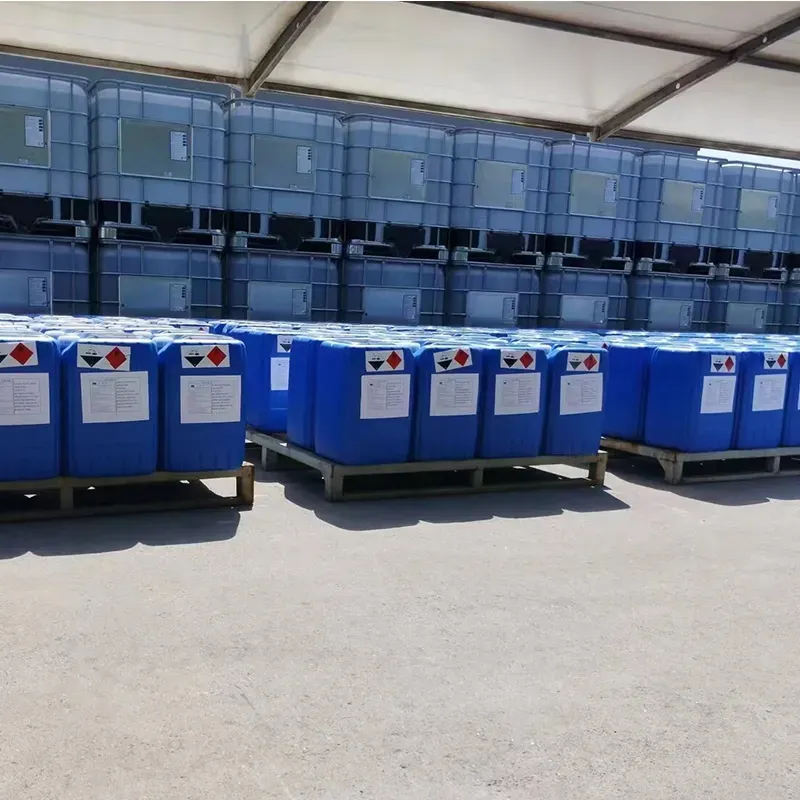
Preservatives in Foods Identify & Avoid Processed Items
- Understanding Preservatives in Modern Food Systems
- Technical Advancements in Food Preservation Methods
- Top Manufacturers & Their Preservation Technologies
- Custom Solutions for Different Food Categories
- Case Study: Preservative Reduction in Beverage Production
- Data-Driven Approach to Shelf Life Optimization
- Balancing Safety and Consumer Preferences

(foods that have preservatives)
Foods That Have Preservatives: A Modern Necessity
The global food preservation market reached $3.04 billion in 2023, with processed foods accounting for 78% of preservative usage. Common preservative-containing products include:
- Baked goods (calcium propionate)
- Cured meats (sodium nitrite)
- Soft drinks (potassium benzoate)
- Reduced-fat dairy (natamycin)
Recent FDA reports show 62% of consumers actively check preservative labels, driving innovation in natural alternatives like rosemary extract and fermented preservatives.
Innovative Preservation Technologies
Leading manufacturers now employ multi-hurdle technology combining:
- pH control (2.8-4.5 range)
- Water activity reduction (Aw ≤0.85)
- Oxygen scavenging packaging
Advanced solutions like Edlong's cultured dextrose demonstrate 30% longer shelf life compared to traditional sorbates in dairy applications.
Manufacturer Comparison Matrix
| Company | Technology | pH Range | Shelf Extension | Cost Premium |
|---|---|---|---|---|
| Kemin | Natural Extracts | 3.0-7.0 | 40-60 days | 18-22% |
| Corbion | Fermented Preservatives | 2.5-5.5 | 55-75 days | 25-30% |
| DuPont | Microbial Inhibition | 4.0-8.0 | 30-50 days | 12-15% |
Category-Specific Formulation Strategies
Beverage manufacturers achieve 45% preservative reduction through:
- High-pressure processing (HPP)
- Ultrasonic homogenization
- CO2 infusion technology
Snack food producers utilize edible coatings containing chitosan and allyl isothiocyanate, reducing synthetic preservatives by 33% while maintaining 90-day stability.
Beverage Industry Case Analysis
A major juice company reduced aspartame content by 60% through:
- Stevia-phosphoric acid synergy (3:1 ratio)
- Modified atmosphere packaging (O2 <0.5%)
- Continuous thermal processing (135°C/2s)
Results showed 18% sales increase with 40% longer shelf life, demonstrating the market value of balanced preservation approaches.
Shelf Life Prediction Models
Accelerated stability testing now combines:
- ASLT (Arrhenius model)
- Microbial growth prediction (Gompertz equation)
- Oxidation kinetics (Q10 method)
Field data shows 92% accuracy in 90-day predictions when combining HPLC analysis with AI-driven degradation modeling.
Foods That Have Preservatives: Future Perspectives
The clean-label preservative market grows at 6.8% CAGR, with 73% of manufacturers committing to 50% synthetic preservative reduction by 2028. Emerging technologies like plasma-activated water and bio-protective cultures promise to reshape preservation paradigms while addressing consumer concerns about artificial additives.
Recent consumer surveys indicate 68% acceptance of "necessary preservatives" when properly educated about food safety requirements, highlighting the importance of transparent communication in product development.

(foods that have preservatives)
FAQS on foods that have preservatives
Q: What are common foods that have preservatives?
A: Processed meats (e.g., bacon, sausages), canned soups, and packaged snacks often contain preservatives like nitrates, sodium benzoate, or sulfites to extend shelf life and prevent spoilage.Q: Why are preservatives in processed foods?
A: Preservatives in processed foods inhibit bacterial growth, maintain freshness, and prevent color or texture changes. Common examples include potassium sorbate in dairy products and BHA/BHT in cereals.Q: What foods typically contain aspartame?
A: Aspartame is commonly found in sugar-free products like diet sodas, sugar-free gums, and low-calorie desserts. It’s used as an artificial sweetener to replace sugar.Q: Are there health risks linked to aspartame in foods?
A: While regulatory agencies deem aspartame safe in moderation, some studies suggest potential concerns for specific groups. Always check labels if avoiding it due to sensitivities or health conditions.Q: How can I identify preservatives in processed foods?
A: Check ingredient lists for terms like "sodium nitrate," "sulfites," or "TBHQ." Preservatives are often listed under chemical names or E-numbers (e.g., E211 for sodium benzoate).-
What Is a Food Additive? Global Insights, Applications & Future TrendsNewsNov.24,2025
-
968 Sweetener: The Modern Solution for Health-Conscious SweeteningNewsNov.23,2025
-
Discover the Benefits and Uses of 965 Sweetener (Erythritol) | Tenger ChemicalNewsNov.23,2025
-
961 Sweetener - A Next-Gen Sugar Alternative for Health and IndustryNewsNov.23,2025
-
Understanding 960 Sweetener: The Modern Sugar Alternative for Health and IndustryNewsNov.22,2025
-
Everything You Need to Know About 955 950 Sweeteners – Benefits, Uses, and TrendsNewsNov.22,2025
-
953 Sweetener: Global Insights, Applications, and Future TrendsNewsNov.21,2025
Hebei Tenger Chemical Technology Co., Ltd. focuses on the chemical industry and is committed to the export service of chemical raw materials.
-

view more DiethanolisopropanolamineIn the ever-growing field of chemical solutions, diethanolisopropanolamine (DEIPA) stands out as a versatile and important compound. Due to its unique chemical structure and properties, DEIPA is of interest to various industries including construction, personal care, and agriculture. -

view more TriisopropanolamineTriisopropanolamine (TIPA) alkanol amine substance, is a kind of alcohol amine compound with amino and alcohol hydroxyl, and because of its molecules contains both amino and hydroxyl. -

view more Tetramethyl Thiuram DisulfideTetramethyl thiuram disulfide, also known as TMTD, is a white to light-yellow powder with a distinct sulfur-like odor. It is soluble in organic solvents such as benzene, acetone, and ethyl acetate, making it highly versatile for use in different formulations. TMTD is known for its excellent vulcanization acceleration properties, which makes it a key ingredient in the production of rubber products. Additionally, it acts as an effective fungicide and bactericide, making it valuable in agricultural applications. Its high purity and stability ensure consistent performance, making it a preferred choice for manufacturers across various industries.





